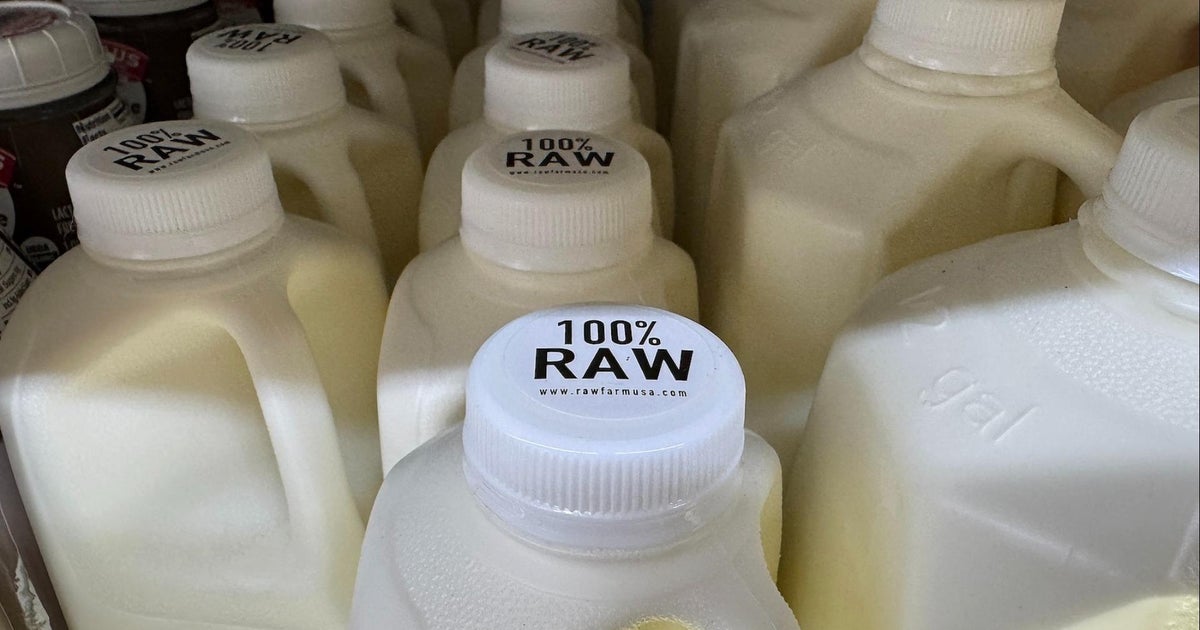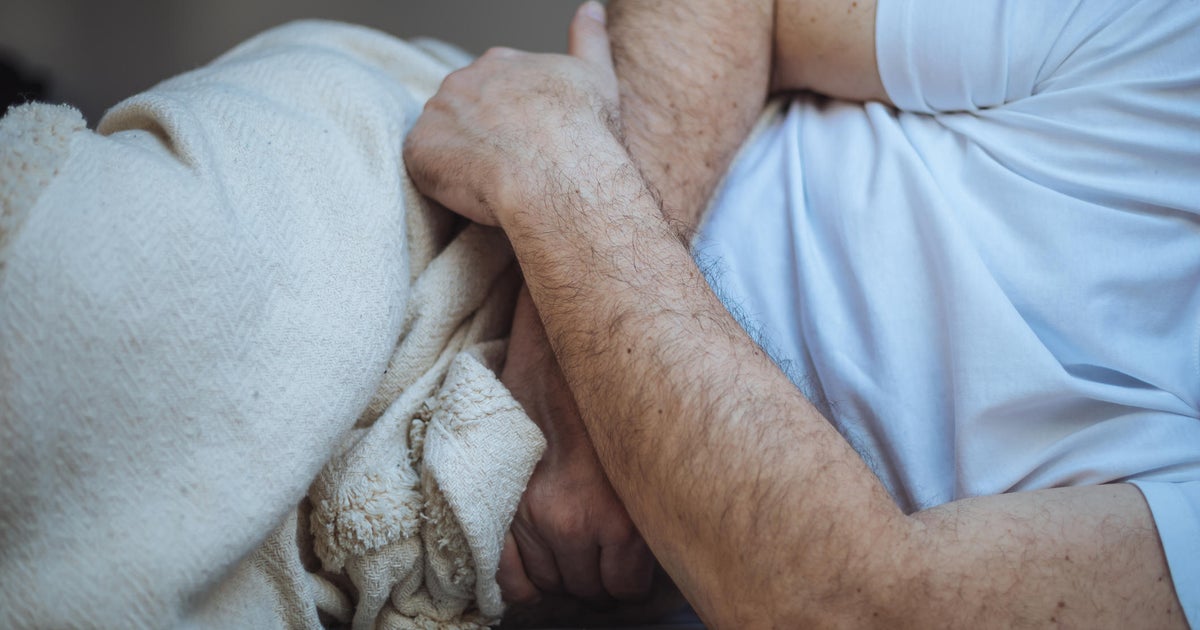Drug Sub Busted, $180 Million In Cocaine Aboard
MIAMI (CBS4) -- The U.S. Coast Guard has recovered a so-called "narco submarine", used by Colombian drug cartel members to export cocaine into the United States.
On July 13th, the crew of the Coast Cutter Seneca, interdicted the drug-smuggling sub, called a self-propelled semi-submersible or SPSS, in the western Caribbean off the coast of Honduras near the Nicaraguan border.
The Coast Guard says the vessel sank during the interdiction, but they later recovered nearly 7.5 tons of cocaine worth roughly $180 million.
Drug traffickers design a SPSS to rapidly sink when they detect law enforcement which makes contraband recovery difficult, according to the Coast Guard.
In this case however, the Coast Guard, along with the Honduran Navy and FBI dive teams, searched for the sunken drug sub and found it on July 26th.
"The U.S. Coast Guard greatly appreciates the support and cooperation of the Honduran authorities as we worked together to recover the drugs from the sunken SPSS," said Capt. Brendan McPherson, Seventh Coast Guard District chief of enforcement. "In addition, the technical expertise of the FBI dive team was instrumental in the success of this unique operation in international waters, far from U.S. shores, that ultimately prevented tons of cocaine from reaching our streets and neighborhoods."
The FBI dive team recovered nearly 15,000 pounds of cocaine worth an estimated street value of $180 million from the sunken SPSS.
Built in the FARC-controlled jungles of Colombia, the typical SPSS is less than 100 feet in length, with 4-5 crewmembers, and carries up to 10 metric tons of illicit cargo for distances up to 5,000 miles.
These types of subs are responsible for the movement of nearly one-third of all cocaine between Colombia, Mexico and the U.S.
This was the first interdiction of an SPSS in the Caribbean and the first underwater drug removal of an SPSS.
The drugs and five crew members aboard the semi-submersible were turned over to U.S. law enforcement.



